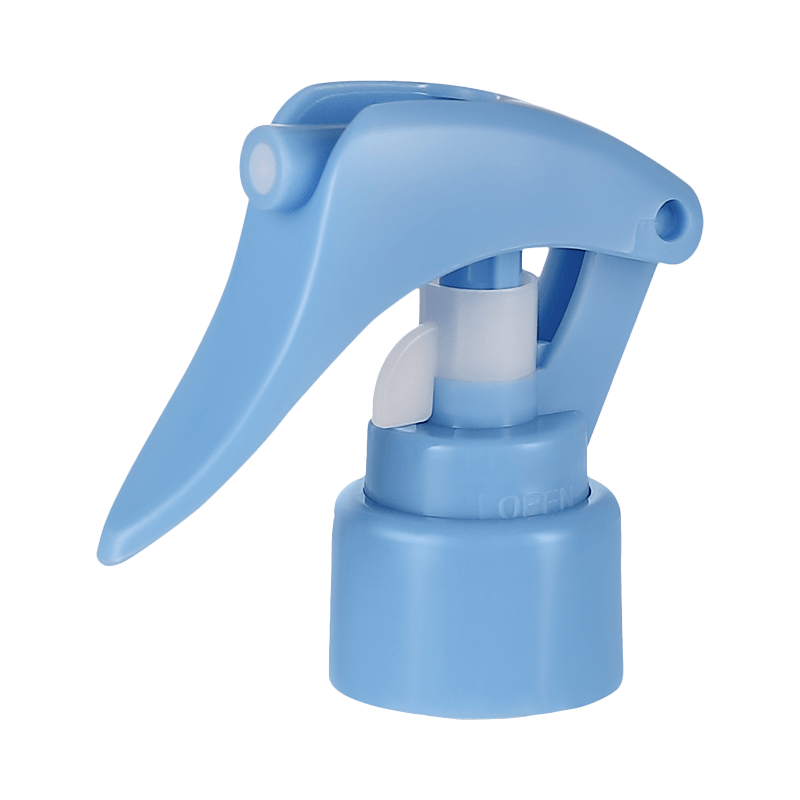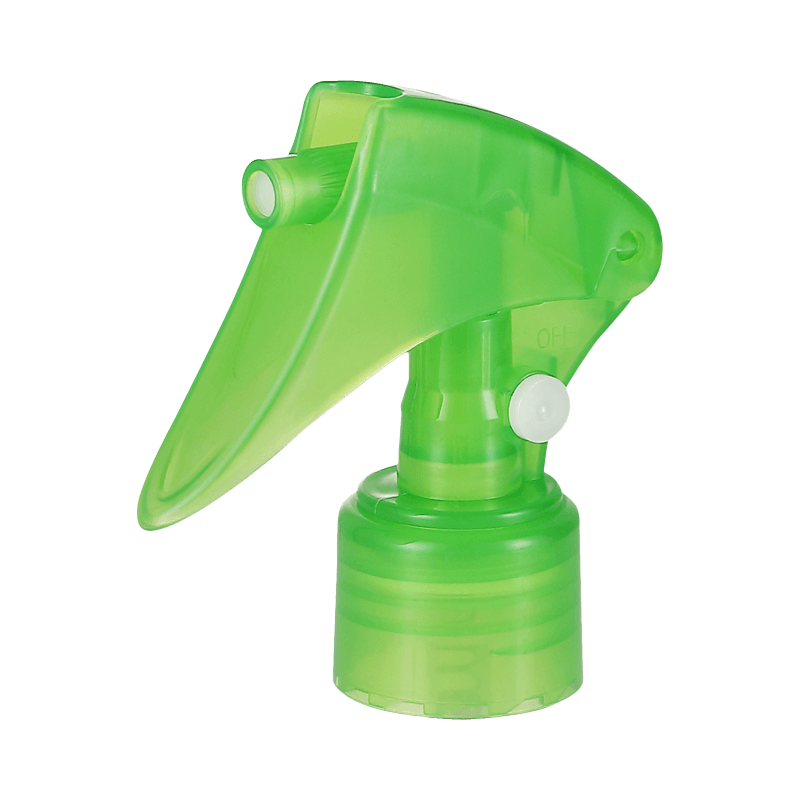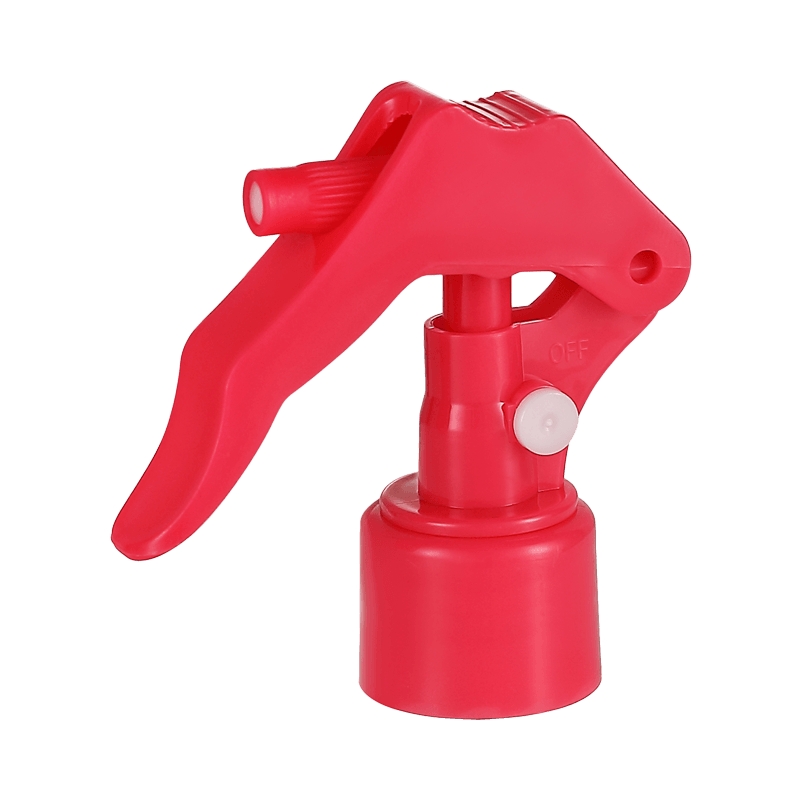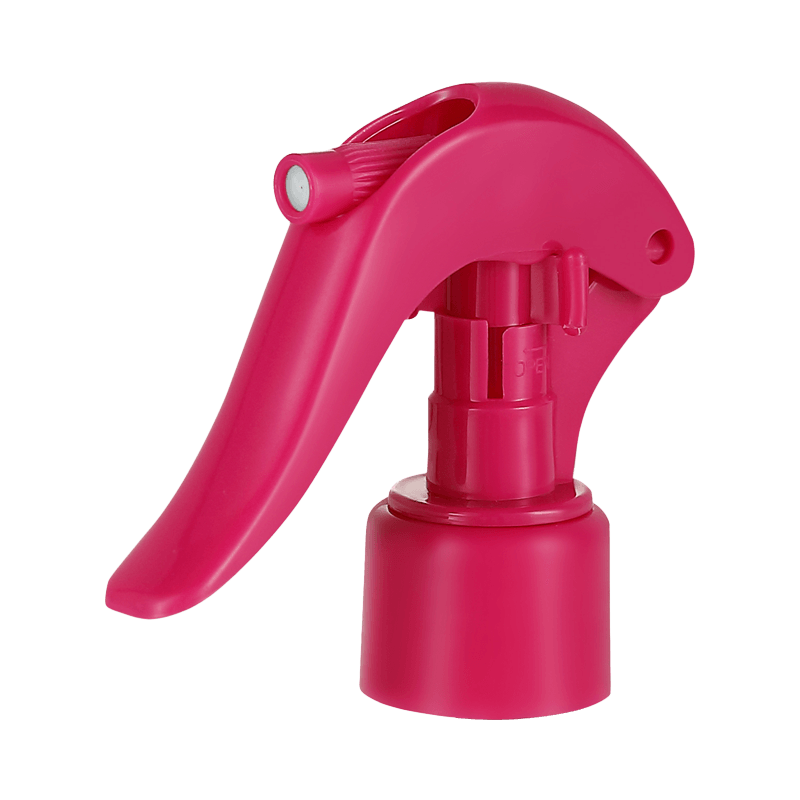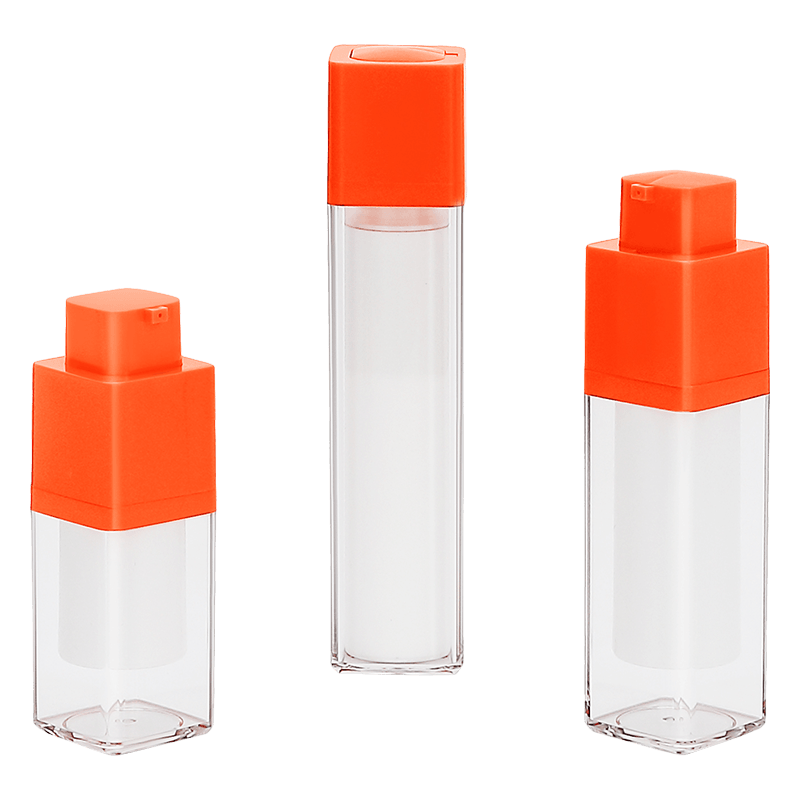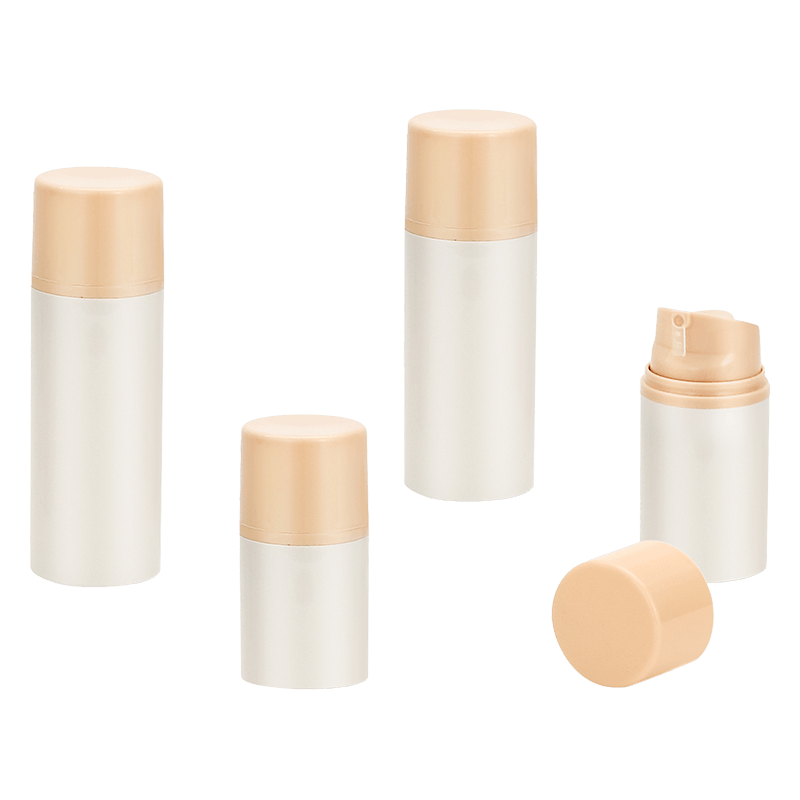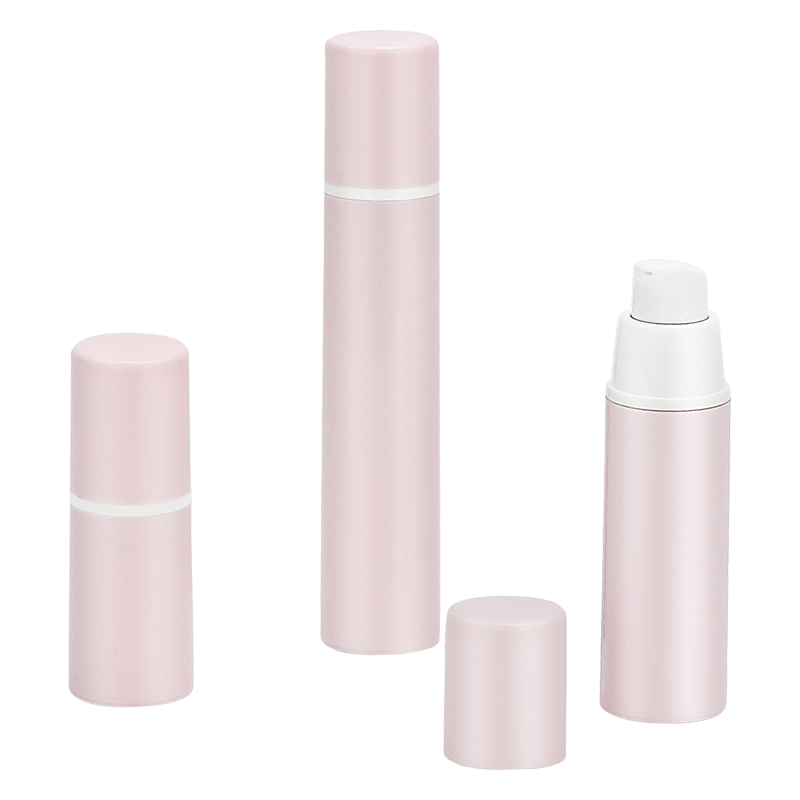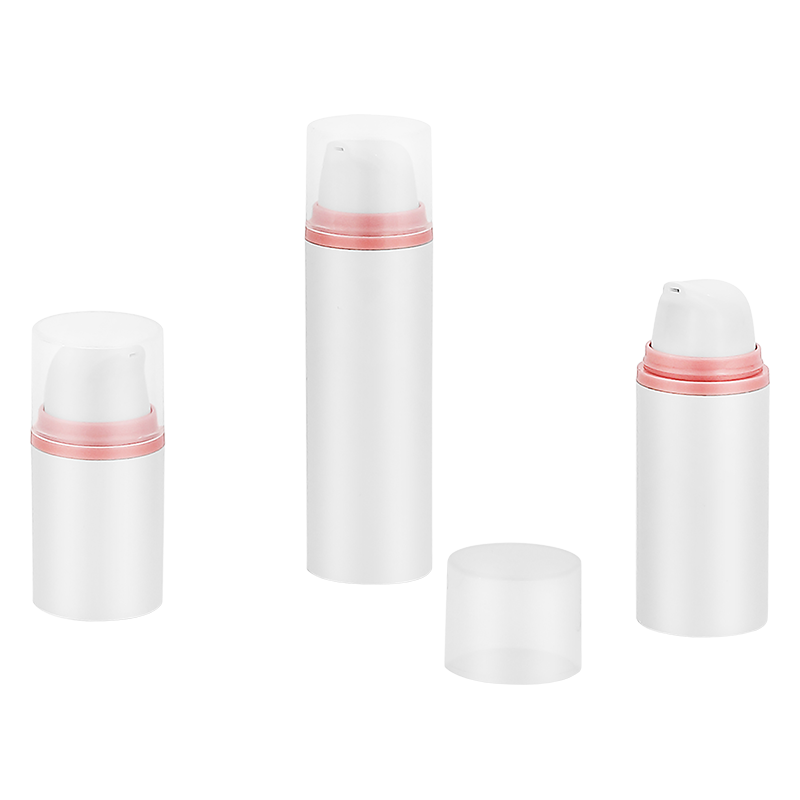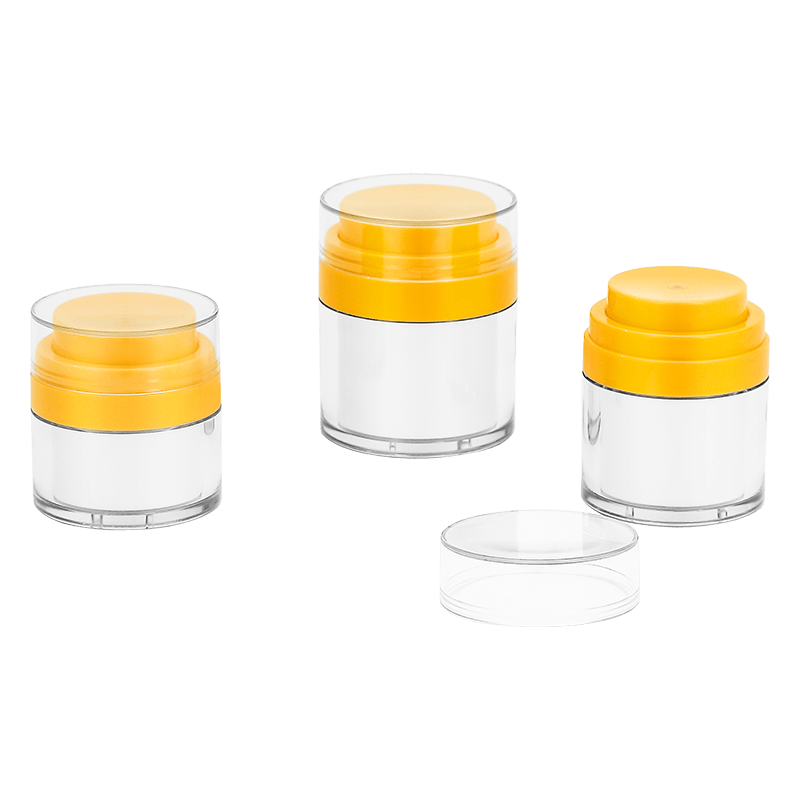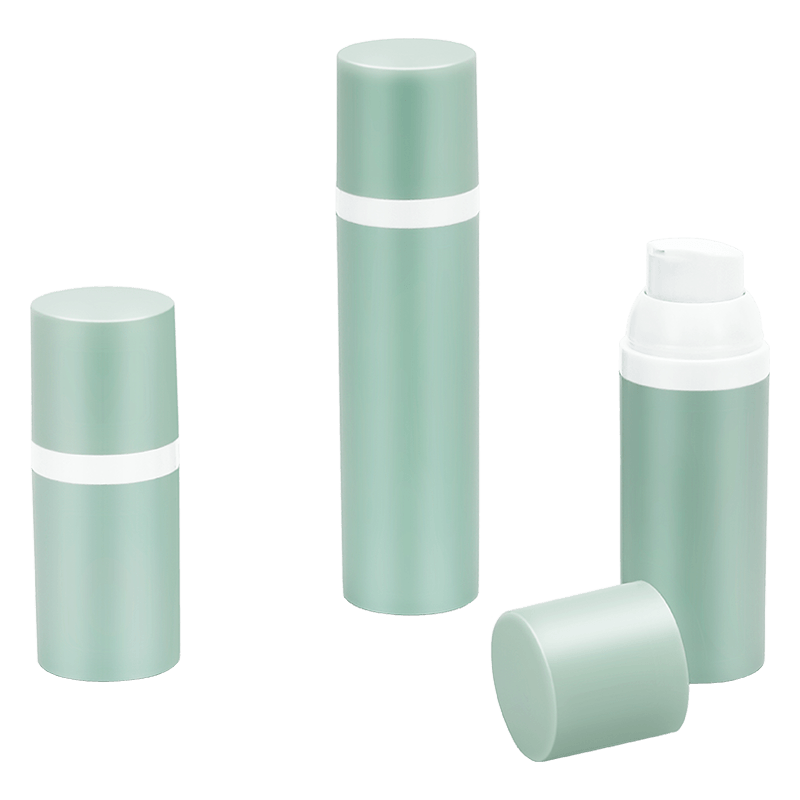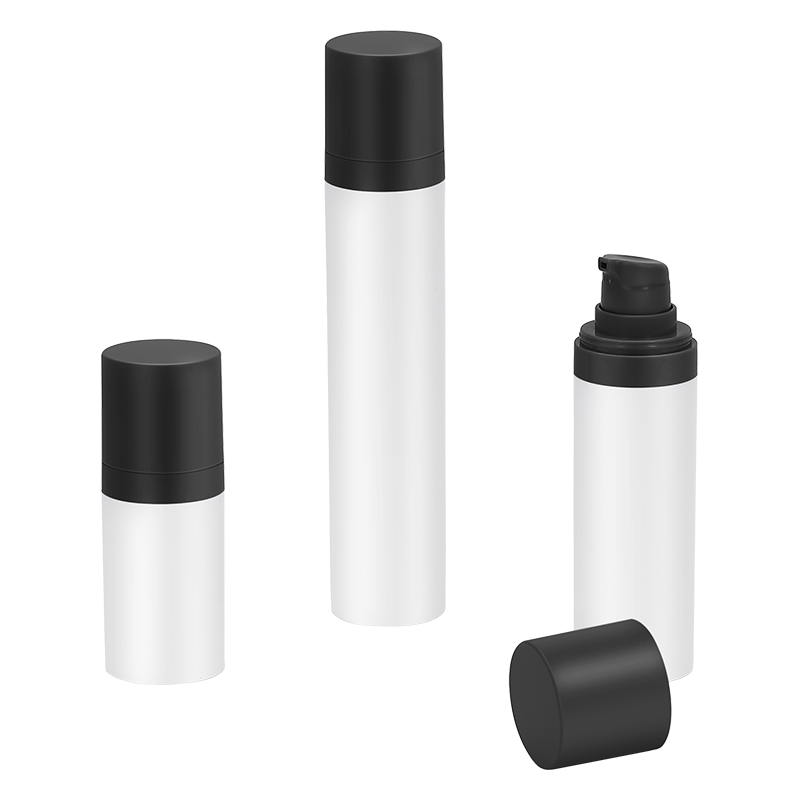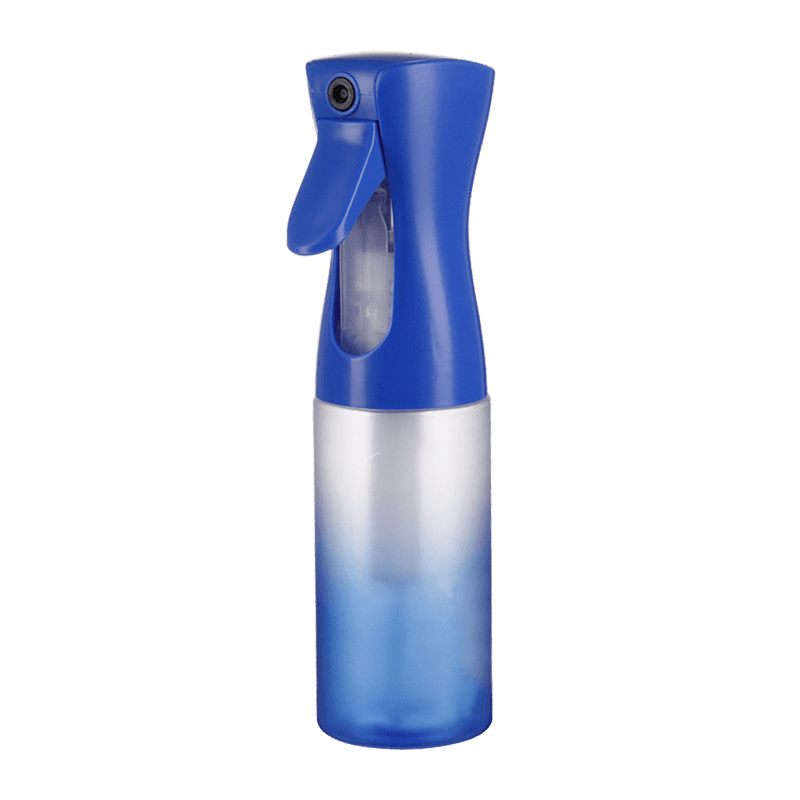Foam trigger sprayers play an important role in many fields such as cleaning, disinfection and agriculture. Their core function is to convert liquid detergents into foam to achieve more efficient surface coverage and cleaning effects. In this process, the choice of nozzle material plays a vital role in the quality, stability and service life of the foam.
Chemical compatibility of materials
The chemical compatibility of nozzle materials is one of the key factors affecting the quality of foam. Due to the different compositions of different detergents and chemical liquids, the nozzle material must be able to resist the erosion of these chemicals. Common nozzle materials include plastics such as polypropylene and polyethylene, metal materials such as stainless steel and aluminum alloy, and other materials such as ceramics.
Plastic nozzles: They usually show good corrosion resistance and are suitable for the use of most detergents and disinfectants. However, some strong acids or strong bases may cause degradation of plastic materials, which will affect the service life of the nozzle and the quality of the foam.
Metal nozzles: Stainless steel nozzles are widely used in industrial cleaning due to their excellent corrosion resistance and strength. However, metal materials may react with certain chemicals, resulting in reduced foam quality or nozzle damage.
Ceramic nozzles: Ceramic materials have extremely high corrosion resistance and wear resistance, and are suitable for high temperature and high pressure environments. Ceramic nozzles can effectively maintain the stability of foam, but because of their brittleness and easy to break, you need to be careful when choosing.
Choosing the right nozzle material can not only improve the quality of foam, but also extend the service life of the sprayer.
Physical properties of materials
The physical properties of nozzle materials, including density, strength and temperature resistance, directly affect the generation and quality of foam. The density and strength of different materials determine the design and structure of the nozzle, which affects the flow of liquid and the formation of foam.
Density: Lighter materials (such as some plastics) may be more likely to deform under high pressure, resulting in unstable spray angle and flow of the nozzle, which affects the quality of foam. Relatively speaking, heavier metal nozzles can maintain a stable shape under high pressure to ensure uniform foam spraying.
Strength: The strength of the nozzle is directly related to its performance under high pressure. Materials with insufficient strength may break or deform during use, resulting in uneven foam spraying, which affects the cleaning effect.
Temperature resistance: In high temperature environments, some plastic materials may soften or deform, affecting nozzle performance. Metal and ceramic materials usually have high temperature resistance and can maintain good performance under high temperature conditions.
Nozzle surface treatment
The surface treatment of the nozzle also has an important impact on the quality of the foam. The smoothness, coating and surface roughness of the nozzle will affect the flow of liquid and the formation of foam.
Smoothness: The smoother the nozzle surface, the less resistance the liquid will have when flowing, which helps to form uniform foam. The smooth surface can reduce the adhesion and clogging of the liquid, thereby improving the uniformity and stability of the spray.
Coating: Some nozzles may use special coatings to improve their corrosion resistance and wear resistance. This coating can not only extend the service life of the nozzle, but also improve the efficiency of foam generation to a certain extent.

 中文简体
中文简体 English
English русский
русский